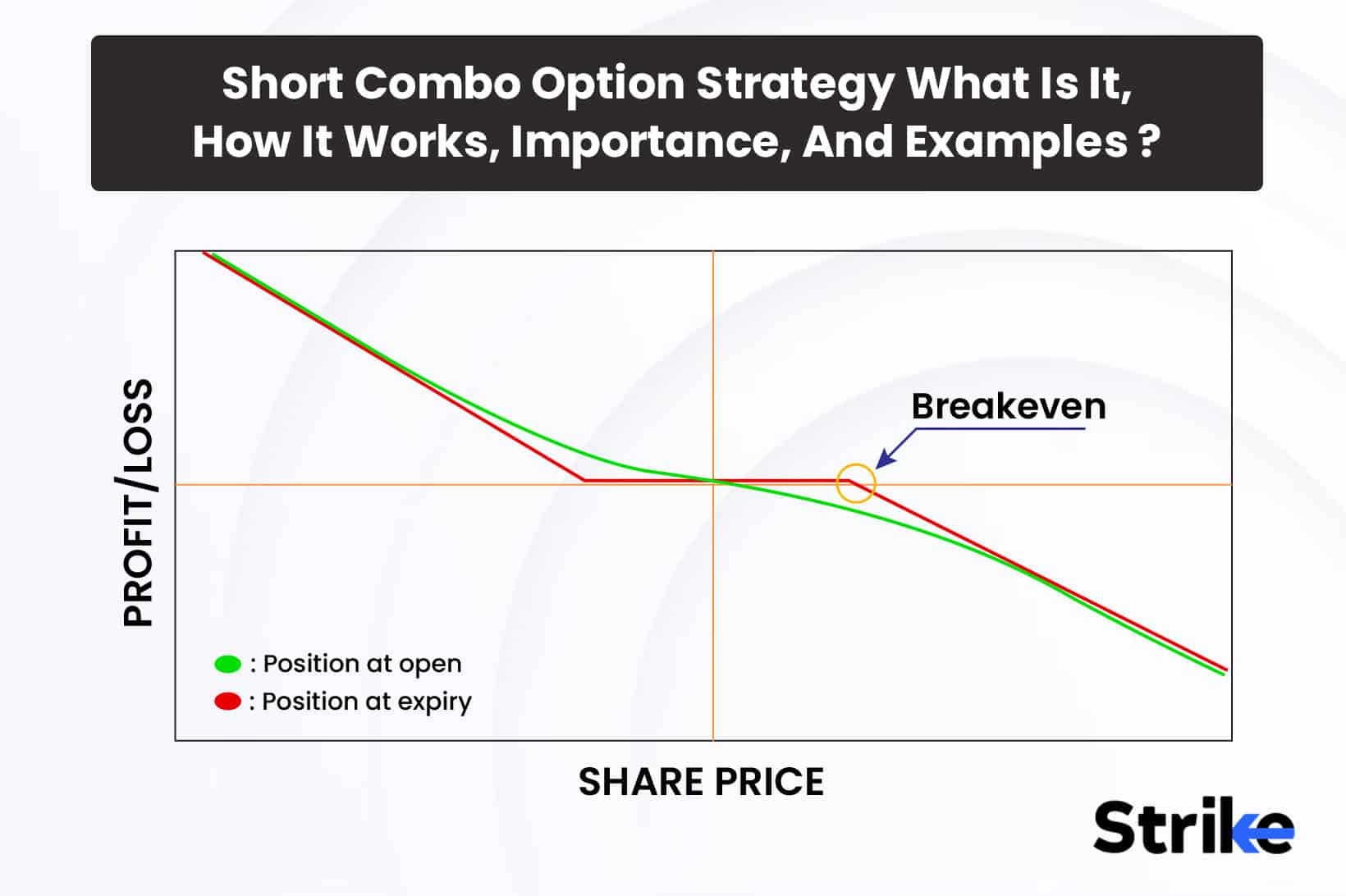
The short combo option strategy involves selling (writing) a call and putting an option simultaneously on the same underlying asset with the same expiration date but different strike prices. The short combo option strategy generates income by collecting premiums but also carries the risk of significant losses if the position goes against the outlook.
To execute a short combo, traders sell an out-of-the-money (OTM) put and an in-the-money (ITM) or at-the-money (ATM) call. The put strike is above the current market price, while the call strike is below or at the market. This defines the limited range where the trader earns money and outside of which losses occur.
A trader might short the Rs. 95 put and Rs. 105 call, for instance, if the price of XYZ stock is Rs. 100. The position is profitable if, at expiration, XYZ closes between Rs. 95 and Rs. 105. However, assignments or exercises occur, resulting in losses below Rs. 95 or above Rs. 105. The maximum profit is collected if XYZ closes at one of the strikes at expiration.
Short combos are riskier than long combos as losses are large. However, it generates premium income as long as the underlying stays within the short strikes. It works best in sideways markets and is designed to benefit from volatility staying low. Managing risks through position sizing and choosing appropriate strikes is important for this strategy.
What is a Short Combo Strategy?
Short combo strategy refers to a trading strategy that involves buying and selling option combinations with short-term expiration dates, usually a month or less. The goal of the Short combo strategy is to profit from short-term moves in the underlying stock price. A short combo strategy combines a bullish and bearish option on the same stock to create a position that has limited risk and capped profit potential.
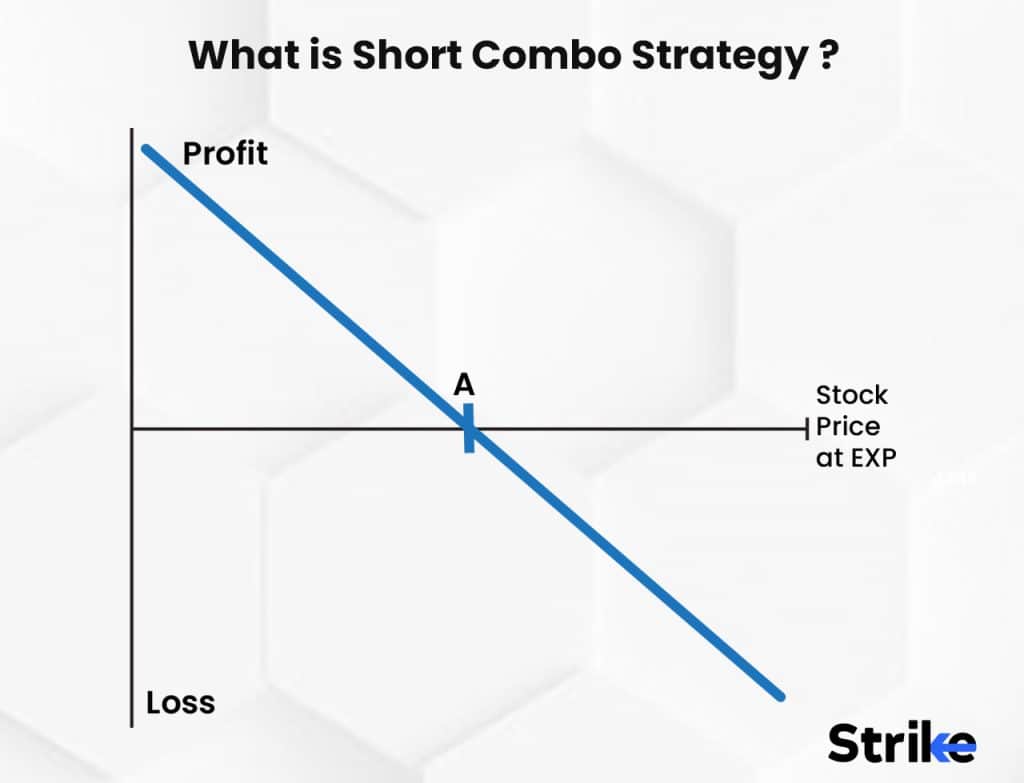
The most common short combo strategy is the short straddle. This involves simultaneously selling a call option and a put option with the same strike price and expiration date. Typically, the strike price is chosen to be at-the-money or close to the current stock price. Selling these options generates immediate premium income, which is the maximum potential profit of the trade. The short straddle profits if the stock price stays relatively stable and both options expire worthless. The short straddle risks unlimited loss if the stock makes a big move up or down.
To limit the risk of the short straddle, some traders use a short strangle instead. This involves selling an out-of-the-money call and an out-of-the-money put. This further reduces premium income but gives more room for the stock to move before one of the short options gets in the money and loses money. The short strangle has higher profit potential than the straddle but also defines a wider range where losses occur.
Traders must carefully choose the strike prices and expiration dates when implementing a short combo strategy. Shorter expirations of a month or less allow traders to capture more time premium decay. But this also gives less time for the options to expire out-of-the-money. Strikes should be picked based on the expected range of movement for that particular stock and time period.
Technical analysis is often used to identify range-bound stocks suitable for short combos. Lower implied volatility also makes options cheaper to sell. Liquid options with tight bid-ask spreads should be used to reduce trading costs. Positions are typically exited before expiration to avoid assignment risk if the stock moves through the short strikes. Stop-loss orders help to limit losses if the trade moves against the trader.
Why is Short Combo Strategy important in options trading?
The Short Combo Strategy is important in options trading because it allows traders to profit from neutral to bullish price movements while limiting downside risk. Short combo strategies play an integral role in options trading because they allow traders to generate income while defining risk in what would otherwise be naked short option positions. Strategies like the short straddle, strangle, and iron condor leverage options to create market-neutral trades with limited downside. Short combos provide consistent profits that aren’t dependent on predicting market direction when used properly.
Beyond the premium collection, short combos are attractive for their flexibility and customization potential. The short strikes are adjusted to shape the probability of profit for a trader’s market outlook and risk tolerance. Wider strike spacing increases the break-even range but also increases the credit received. Additional long options are added to turn combos into condors or iron butterflies to further define risk.
Short combos are very capital efficient since they don’t require owning the underlying stock. The margin requirement is typically a fraction of the notional value of the options. This frees up capital for other opportunities. The high leverage enables trading combos on expensive stocks using less capital.
Since they don’t require market directional accuracy, short combos are able to diversify a trading portfolio heavily tilted towards long stocks or options. Market-neutral combos help balance a portfolio’s exposure during uncertain times. They provide non-correlated returns from premium selling rather than just relying on rising markets.
The consistent income potential from short combo strategies also appeals to traders’ preference for creating cash flow. In a low-interest rate environment, short options positions allow for generating higher yields. This steady income stream is then compounded over time and reinvested.
How does Short Combo Strategy work?
The Short Combo Strategy works by selling a lower strike out-of-the-money call option and buying a higher strike out-of-the-money put option on the same underlying asset to profit from neutral to bullish price moves while limiting downside risk. They utilize a combination of purchased and short options to create market-neutral positions that have a high probability of earning a small profit. They involve selling overpriced options to generate income while using other options to limit potential losses if the market moves against the short positions. The mechanics behind short combos aim to capture time decay and volatility contraction.
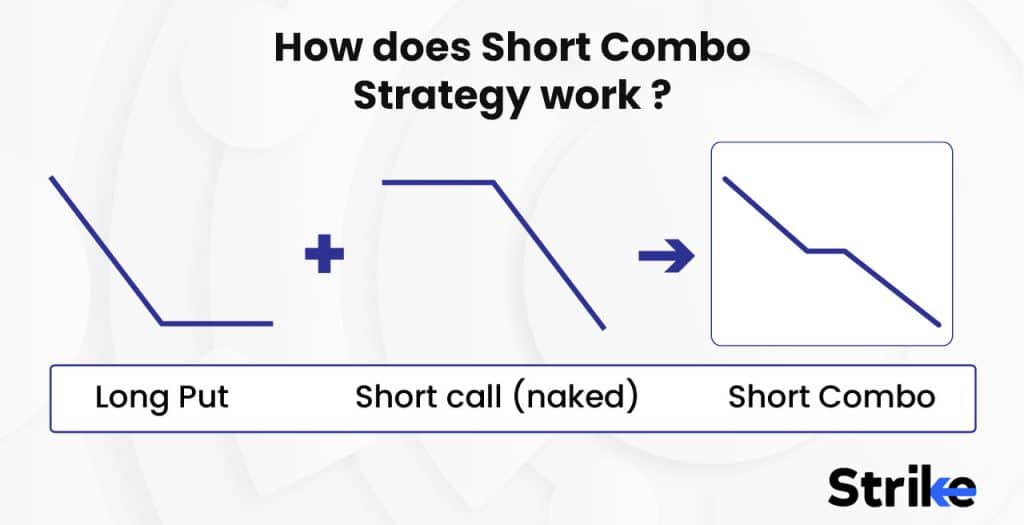
The most basic short combo strategy is the short straddle. This involves simultaneously selling a call and putting an option at the same strike price and expiration date. Typically, an at-the-money strike near the current market price is chosen. The trader collects the premium income from the short call and puts it upfront. The maximum profit is capped at this credit amount. A short straddle profits if the underlying stock price remains relatively stable and ends up anywhere between the short call and strikes at expiration. In this case, both short options expire worthless, and the trader keeps the full premium. The loss is unlimited on either side if the stock moves beyond the short strikes.
So, while the short straddle has undefined risk, the odds are typically in the trader’s favor for the stock to remain range-bound. The premium collected provides a buffer for some movement before losses accumulate. As the options near expiration, the time value decays, which contributes to profit. The short strangle works similarly but defines risk by using out-of-the-money strikes instead of at-the-money. Typically about 10-15% above and below the market price. This further reduces the premium income but gives the stock more room to fluctuate without breaching the short strikes.
Both the short straddle and strangle anticipate the implied volatility of the options will decline from elevated levels at the time they are sold. This volatility contraction over time boosts the profitability of the short options positions. It is also advantageous to have a lower actual volatility. To further limit risk, short combos include additional long options. For example, the short iron condor involves selling a straddle and purchasing an out-of-the-money call and put. This forms a risk profile between the long and short strikes with maximum profit at the center.
The iron condor profits if the stock price finishes between the short strikes. The original credit received is the most the trade makes. The maximum loss is defined by the difference between the long and short strikes less this initial credit. An iron condor utilizes time decay on all four options to produce an easy-to-define risk-reward scenario.
Traders choose specific option expiration dates and strike prices to match their objectives when putting on short combo positions. Shorter term options of one month or less allow capturing more time premium decay to make the short positions profitable. But longer expirations provide more leeway on the stock moving against the strikes.
Strike selection depends on the expected volatility and price range for the particular stock during the life of the options. Technical indicators like Bollinger Bands identify recent support and resistance levels to aid in strike picking. Liquid strike prices with tight bid-ask spreads should be used to minimize trading costs.
What is an example of Short Combo Strategy?
A practical example of a short combo strategy is trading a short iron butterfly on stock ABC, which is currently trading at Rs.50 per share. The iron butterfly combined a short straddle with long wings to create a high probability options trade with a capped profit and defined maximum loss.
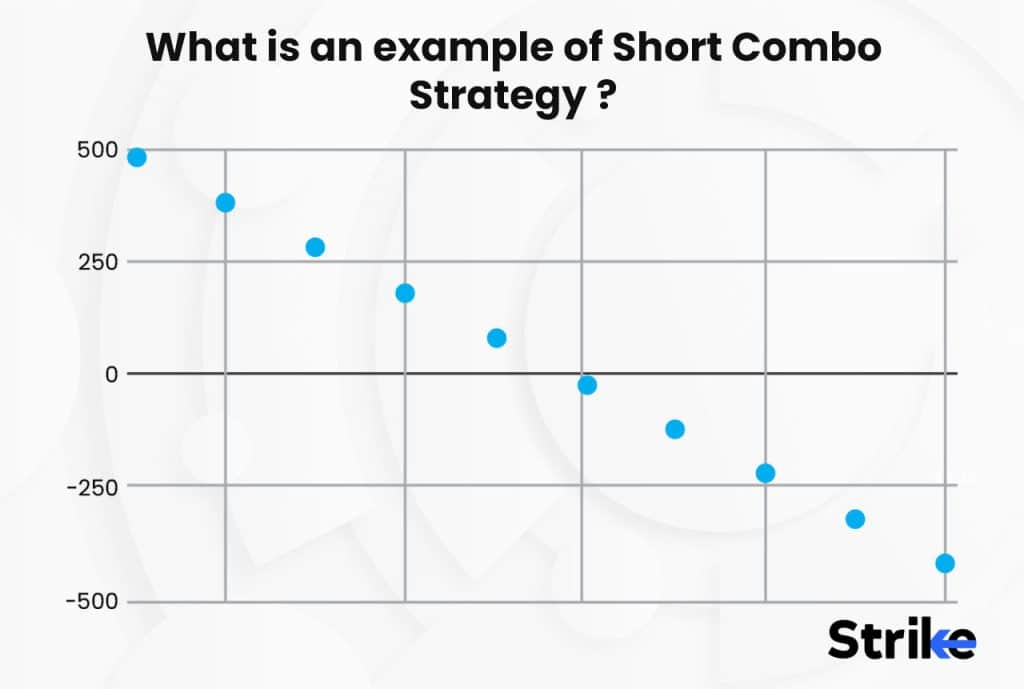
To initiate the iron butterfly, the trader sells a 50-strike call for a premium of Rs.2 and a 50-strike put for Rs.2, collecting Rs.4 total from the short straddle positions. These at-the-money strikes provide the highest probability that ABC stays between the strikes at expiration.
The trader also buys a 45-strike put for Rs.1 and a 55-strike call for Rs.1 to create downside and upside protection. This turns the short straddle into an iron butterfly with a built-in profit zone between 45 and 55.
The maximum profit potential on the trade is Rs.3 per share (initial Rs.4 credit on the short straddle minus Rs.1 paid for each long wing option). This occurs if ABC is anywhere between 45 and 55 at expiration. The maximum loss is Rs.2 per share, which is the difference between the wing strikes and the initial credit. At the expiration of the options, this occurs if ABC closes above 45 or below 45.
There are a few key considerations to keep in mind before trading using Iron Butterfly on ABC. First, implied volatility should be high when opening the position in order to get richer premiums on the short options. It’s also important to pick strikes where ABC has a high probability of being between 45 and 55 at expiration based on your analysis of technicals and observed trading ranges. Furthermore, use options with tight bid-ask spreads to minimize trading costs given the multiple legs. Appropriately size the position as well to limit capital at risk – for a Rs.10,000 account, one contract would make sense given the defined Rs.200 maximum loss.
During the trade, actively manage both winners and losers using stop loss orders – you could set an initial stop at a Rs.100 loss to prevent giving back more than 50% of the potential profit. Finally, monitor time decay and volatility trends closely to help guide closing decisions as expiration approaches.
For example, the short 50 call starts losing money, but the 45 put expires worthless if ABC trades up to Rs.53 with two weeks until expiration. The trader looks to capture 50% of the original credit by closing the entire butterfly at Rs.1.50 debit. Or, the trader loses the full Rs.2 max risk amount but sells another put against the long 45 put to generate more income if ABC drops below 45, turning the straddle into a short put position.
Rolling the untested side of the straddle is also an option if ABC holds one side through expiration. For example, the 55 call expires worthless if ABC trades at Rs.48 on the expiration day. The trader could then sell another Rs.50 call to extend the short call a month out and bring in an additional premium.
How to use a Short Combo Strategy?
A trader uses the Short Combo Strategy by selling an out-of-the-money call option at a lower strike price and buying an out-of-the-money put option at a higher strike price on the same underlying asset to profit from neutral to mildly bullish price moves while limiting their downside risk. Proper trade construction, entry tactics, and active management are key to successfully trading short-option spreads. Here is a step-by-step guide on implementing the Short Combo strategy.
1.Selecting the Right Underlying Asset
The first step is choosing an appropriate underlying asset for the Short Combo strategy. This should be an asset that you expect will trade sideways or experience a mild uptrend over the duration of the options contracts. Typically, stable large-cap stocks with low volatility are well-suited for this strategy. Avoid highly volatile assets or those with a strong bearish outlook when using the Short Combo strategy.
2. Choosing the Proper Options Expiry
You need to pick options for expiration months that align with your forecast for the underlying asset. It makes sense to select options with expirations within the next two to three months if you anticipate neutral to slightly bullish price action. Longer-dated options will lower your margin requirements but may overexpose you to directional risk if your thesis proves incorrect. Typically, options expire 1-6 months out when implementing the Short Combo strategy.
3. Selecting Appropriate Strike Prices
Proper strike price selection is critical to effectively using the Short Combo strategy. The short call strike should be out-of-the-money – above the current price of the underlying asset. It needs to be high enough that the call is unlikely to be assigned but not excessively high that the call premium collected is very low.
The long put strike should also be out-of-the-money but at a higher level than the short call strike. This acts as downside protection in case the underlying price decreases sharply. Make sure there is adequate separation between the call and put strikes to allow for profit potential.
4. Sizing the Call and Put Legs
In a 1:1 ratio, you are able to exchange one call option for every long put option. However, some traders prefer ratios like 1:2 or 1:3, selling additional short calls to collect more premium income. Just ensure the short-call position is not so large that upside profits are sacrificed. Proper position sizing is a balancing act between risk and reward.
5. Legging In Versus Trading as a Spread
You might lean toward the Short Combo strategy, selling calls first and then adding long puts separately. This provides more flexibility but requires active management. Trading the call and putting it together as a spread offers efficiency but lacks the flexibility to adjust one side independently. Decide which approach best fits your trading style and objectives.
6. Managing the Trade Over Time
An integral part of executing the Short Combo strategy is proactively managing it over the options cycle. The short call will depreciate more quickly than the long put if the underlying price drops. As expiration draws near, you might want to think about closing the call position to lock in profits.
To reduce assignment risk, you might need to roll the short call up and out to a higher strike if the underlying rallies significantly. Monitor the trade regularly and be ready to adjust either side in reaction to price swings. Don’t just put the position on and let it ride until expiration.
7. Understanding Broker Margin Requirements
Since the Short Combo involves naked short calls, it requires meeting broker margin requirements. This is usually not an issue with very liquid large-cap stocks. However, you must keep enough account equity to meet margin requirements for the uncovered call leg if you’re using a smaller stock. Know the margin implications before placing the trade.
8. Picking an Appropriate Market Environment
While the Short Combo strategy is quite versatile, certain market conditions make it more appealing. Short combos typically perform well when there is little volatility, and you anticipate sideways or somewhat positive price action. Avoid using them if volatility is extremely high or you have a strongly bearish short-term outlook. The strategy also benefits from stable interest rate environments.
Now that we have covered how to properly implement the Short Combo strategy, let’s discuss what goes wrong if it is used incorrectly.
9. Selling Calls on a Bearish Stock
Selling short calls on an underlying stock with a strong bearish outlook will result in the calls expiring worthless, but you will also give up a significant portion of the upside. Always match the options strategy to your forecast for the stock’s price trend. Selling calls on bearish names is ill-advised.
10. Inadequate Separation Between Call and Put Strikes
Leaving too little space between the call strike sold and the put strike purchased reduces the profit zone. Ensure there is adequate breathing room between the two legs that allow for an upside in the underlying before the call threshold is reached. Insufficient strike separation is a common mistake.
11. Overleveraging with Excessive Short Calls
While some traders sell 2 or 3 short calls against each long put for overlaid income, this is dangerous if done excessively. You run a higher risk of assignment on the short calls if the stock rises. Limit the call positions to responsible levels to avoid blowups.
12. Failing to Manage Time Decay
The passage of time erodes the value of both the long put and short call. Traders often err by putting on the position and then letting time decay work against them. Proactively managing both sides through rolling or closing positions mitigates time decay.
13. Incorrect Options Expiration Selection
Using option expirations that are drastically different from your intended holding period undermines results. Longer-dated options reduce the margin but overexpose you to directional moves. Nearer-term options decay rapidly. Match option tenors to your outlook.
14. Sloppy Position Sizing
The risk profile is thrown off by careless position sizing when the put and call legs are drastically out of balance. Shorting 3 calls against 1 long put, for example, introduces excessive risk if the stock surges. Size each leg appropriately for your risk tolerance.
Attending these details when putting on a Short Combo trade helps avoid challenges. Use the strategy in moderation as part of a diversified options portfolio.
What are the things to consider before using Short Combo Strategy?
The important factors to consider before using a short combo strategy include properly trading short combo spreads, which requires evaluating liquidity, volatility, technicals, position sizing, risk parameters, strike selection, legging in tactics, ongoing adjustments, and reviewing past performance.
Strong technical analysis is essential before initiating short combo positions. Examine historical price action and volatility to identify clear support and resistance levels. This helps determine strike prices with a high probability of expiring out-of-the-money. Avoid stocks in strong uptrends or downtrends, which increase the odds of breaching the wings. Ideal candidates exhibit range-bound, consolidating behavior between support and resistance. Be wary of earnings or major events that could trigger breakouts.
Higher implied volatility provides a greater premium when selling options, boosting potential income from short combos. Screen for stocks with IV rank or percentile above 50th compared to its historical range. An uptick in IV also signifies greater uncertainty, so ensure the technicals still favor the structure. Low IV environments produce smaller premiums, which does not justify the wings’ risk.
Sufficient liquidity in the options is vital for managing slippage on multiple-leg trades. Only consider highly liquid underlying with tight bid-ask spreads. Thin markets lead to poor order fills and inflated trading costs, which erode profit potential. Volume data helps assess liquidity prior to legging into positions.
Optimising strike selection is crucial for probabilities and risk management. Balance the high probability of finishing between the short strikes with room for the stock to move without hitting the wings. Wider strike spacing reduces the odds of assignment but also decreases maximum income. Narrower strikes increase the probability of profit but have lower risk/reward. Consider volatility when spacing the wings.
Define the trade’s exact maximum loss, probability of profit, and reward/risk ratio. Short combos have quantifiable risk but also capped upside. Determine potential income relative to the defined risk. Assess the loss if the stock blows through the short strikes. Use stop losses to contain losses below the maximum risk amount if breached.
Properly size positions according to account size, risk tolerances, and diversity thresholds. Allocate no more than 5% of capital to the maximum loss of any single trade. Scale the number of contracts based on account leverage and concentration limits. Evaluate correlations to existing positions. Overleveraging into trades magnifies losses when problems arise.
Use limit orders when establishing multi-leg positions to control entry prices. Stagger legs to get ideal fills across all components. Avoid market orders that give up price control. Manage liquidity by not joining all legs simultaneously. Have targets for net credit when entering trades.
Actively monitor open positions. Prepare adjustments if the stock approaches short strikes. Roll, convert to credit spreads, or close one side before expiration. Track time decay daily as expiration nears. Close for profit prior to expiration to avoid assignment risk.
Maintain trading logs of market conditions, adjustments, early exits, and profit goals. Analyze losing trades and missed opportunities to improve. Calculate key performance metrics like profit factor and win rate. Refine rules for trade selection, management, rollovers, profit taking, stop loss usage, and sizing.
How does Short Combo Strategy work in a different market structure?
The Short Combo Strategy of short selling and buying puts performs best in a down-trending market but is also effective for contrarian trades against overbought conditions in an uptrend.
Managing short-option combos effectively requires adapting to different market conditions and structures. The different market structures are Trending markets, range-bound markets, Breakout markets, high volatility, and low volatility markets. In a strongly trending market, short combo strategies face challenges as the trend pushes the underlying beyond the short strikes for a loss.
However, with prudent adjustments, short combos will work. The untested side is rolled to further out-of-the-money strikes to widen the profit zone when the trend is identified early. Converting short combos to ratio spreads or lizards reduces downsides if the trend accelerates. Being flexible and actively managing is key.
Sideways, choppy markets offer ideal conditions for short combo strategies. With the underlying stock in a range, short combos thrive as they profit from time decay and volatility contraction. In low volatility environments, directly selling premiums via naked options or credit spreads are more optimal than defined risk combos. But short combos still offer the advantages of high probability for small profits with capped losses.
Short combos are put to the test fast if the new trend breaks out in a range-bound market that has experienced a breakout. It’s crucial to have a plan for when prices breach well-established technical levels. Short combos need to be closed out for a loss before the maximum risk is reached when a breakout gains momentum rapidly. Having stop-loss orders in place helps mitigate risk. Managing early breakouts improves results.
While high IV markets produce juicy premiums to sell, the additional uncertainty makes short combos riskier. The probable price range expands along with volatility. Wider strike spacing, further expirations, and smaller position sizing help cushion short combos in volatile markets. Being selective on high IV underlying based on technicals reduces the likelihood of assignment.
Naked short options are preferred over short combos when volatility drastically contracts. The additional wings reduce profit potential. However, short combos still allow high-probability income trades during low volatility. And the protection helps if volatility unexpectedly spikes back up from complacency.
Does Short Combo strategy perform well in a bullish market?
No, short combo strategies will face challenges in strongly bullish markets since the upward price trend pushes the stock price above the short call strike, resulting in losses. However, short combos are still structured to generate income in bullish conditions through proper positioning and active management.
Does Short Combo strategy perform well in a neutral market?
Yes, short combo strategies are specifically designed to profit from neutral markets where the underlying stock trades in a tight range. Short combos allow options traders to consistently generate income as time decay erodes the premium of the short options, when it is properly structured and actively managed. Range-bound and choppy markets provide the ideal conditions for short combos to thrive.
With the underlying stock fluctuating within a well-defined range, the short strikes at both ends have a high probability of expiring out of the money. As time passes, the initial credit received from the short options decays steadily due to theta decay, allowing the trader to book consistent gains.
Does Short Combo strategy perform well in a bearish market?
No, short combo strategies face difficulties in strongly bearish markets but still generate income with proper adjustments and risk management. The risks on the short-put side of combos increase when the market is persistently bearish. To account for this, consider widening the put strike prices to allow more room for downward drift before losses accumulate. This reduces assignment risk. Also, increase weighting on the call side – selling additional call credit spreads helps offset bearish put losses.
How does the Short Combo strategy react to a highly volatile market?
The Short Combo strategy struggles in highly volatile markets, as the frequent price swings increase the risk of losses on both the short stock and long call option legs of the position. The increased uncertainty expands the probable trading range, which challenges the short strikes. However, the rich premiums enable wider strike spacing to accommodate the added volatility.
A wider range raises the possibility that the underlying will miss the short strikes, which is the primary risk that elevated volatility presents for short combos. This accelerates losses compared to lower volatility environments. The added uncertainty makes it more difficult to predict where the stock finishes at expiration.
Wider probable trading ranges warrant using wider profit zones between strikes. By increasing the distance between the short and long strikes, short combos have more room to withstand volatility spikes before hitting maximum loss levels. The key is not getting overly greedy with credit received relative to the risk tolerances. Another adjustment is utilizing farther-out options expirations, ideally greater than 60 days until expiration when volatility is high. The added time decay benefits help compensate for the uncertainty of price swings. More time also allows volatility to potentially trend back lower before the options expire.
In volatile markets, short combos should focus on extremely liquid underlying where the additional risks are justified relative to the rich premiums. Avoiding illiquid options helps ensure favorable entry and exit pricing. Only selling options on quality stocks reduces the chances of adverse moves. Proper position sizing becomes even more critical with elevated volatility. The maximum loss on short combo trades should be kept to 3-4% or less of the total account value per position. This prevents overexposure and slippage on exits. Keeping size small and diversified is key.
Rather than fighting the volatility, traders also utilize short combos to take advantage of richness by selectively selling expensive options and benefiting from volatility regression. For example, iron condors or double diagonals perform well when volatility is expected to decline.
Active management helps adjust to changing volatility conditions. For instance, untested sides are rolled when the underlying price holds one side to continue benefiting from richness. Being flexible in adjusting strikes and expiration dates is key.
What indicators or signals may prompt an investor to consider implementing a Short Combo strategy?
Rising stock prices and high implied volatility may prompt an investor to consider implementing a Short Combo strategy. Elevated IV, range-bound price action, upcoming events, seasonal tendencies, and overextended oscillators all provide signals that short combo strategies take advantage of. The key is aligning short combo trades with technical and volatility indicators pointing to stable or consolidating trading ranges in the near term.
It signals options are relatively expensive when implied volatility on a stock is stretched well above historical norms. This presents a good opportunity to sell premiums via short combo strategies. The overvalued options have high time values that decay as actual volatility reverts lower. Elevated IV allows wider strike spacing as well to accommodate the potential price swings. Targeting stocks with the IV percentile or rank above the 50th percentile signifies rich options to sell.
Technical analysis showing a stock oscillating within a horizontal channel or trading range is a strong indicator to deploy short combo strategies. Short combos thrive as they benefit from time decay when the stock remains stuck in consolidation when the stock is anchored between clear support and resistance levels. Sideways and choppy conditions keep the stock far from the short strikes at expiration. Using Bollinger Bands, Keltner Channels, or pivot points to identify range-bound tendencies prompts short combo consideration.
Binary events with well-defined upside/downside move potential, like earnings or FDA announcements, present opportunities for short combo trades. The known volatility expansion from the event allows the selling of expensive options, while the binary nature keeps the most probable outcomes within a limited move range. Short combos perform well when the stock makes a modest post-event move that finishes between the short strikes.
Analyzing a stock’s historical price patterns and seasonal biases at certain periods of the year provides clues on expected trading ranges. For stocks that traditionally trade sideways or are stuck in consolidation during specific seasons like summer or holidays, short combos are advantageous. The seasonal range-bound tendencies reduce the likelihood of breaking the short strikes.
Technical oscillators like RSI, stochastics, or Williams %R reach extended overbought or oversold levels, and a reversal or consolidation period often follows. This means reversing back to more normal levels offers short combo opportunities. After the extreme momentum, the stock tends to trade in a short-term range, which benefits short combos through time decay. The exhausted trend prompts volatility pullback as well.
Is Short Combo Strategy good for short-term profit?
Yes, short combo strategies are well-suited for short-term profits because they benefit from the rapid time decay as options approach expiration. The natural expiration cycles, compounding ability, probability of small profits, and defined risk traits make short combo strategies advantageous for short-term profits. Capturing time premium works best when selling options with fewer than 45 days until expiry. The accelerated theta decay in the last month before expiration quickly erodes the option’s extrinsic value.
How does the Short Combo strategy differ from other option strategies?
Short combo strategies differ from directional long options and undefined risk short options by blending positions to create market-neutral trades with high probability outcomes, income generation, and quantifiable risks. The flexibility and non-directional nature sets short combos apart from other tactics. Short and long strategies complement each other when combined in a portfolio.
Compared to long options strategies, short combos have defined maximum profit potential capped by the net credit received upfront. Long options like long calls benefit from unlimited upside if the stock rises. Short combos provide income upfront rather than needing directional accuracy.
Short combos utilize both long and short options to construct spreads that have quantifiable risk parameters. Straight long or short options face unlimited risk if the market moves against the naked position. Short combos clearly define maximum losses. Whereas long options have negative theta decaying the time value, short combos benefit from theta decay, reducing the value of the short options. This provides a tailwind to profitability, leading to expiration.
Short combos typically utilize out-of-the-money options that have lower delta and gamma sensitivity. Long ATM or ITM options carry greater directional risk from higher deltas. Short combos benefit from stability. Strategies like covered calls have upside stock participation capped by the short call strike. Short combos offer income potential independent of direction. The market-neutral aspect provides flexibility.
Compared to vertical credit spreads, short combos incorporate additional long options to create defined risk. Naked short credit spreads have undefined risks beyond the credit received. Condors and butterflies better define risk. Short straddles and strangles involve selling naked options at various strike prices. Short combos combine short options with long options to help manage losses. The wings add protection.
Unlike ratio spreads, which look to skew risk/reward using unequal numbers of options, short combos balance the number of long and short contracts for alignment. Ratios accept more risk for higher profit potential. Calendar spreads aim to benefit from time decay differences between longer and shorter-dated options. Short combos focus just on profiting from accelerated decay into expiration.
Is Short Combo Strategy better for stable profit in the long-term than Ending Diagonal?
Yes, short combo strategies tend to provide more consistent and stable long-term profits compared to ending diagonal spreads over the long run from their probabilities, income generation, defined risk, market neutrality, and flexibility. Ending diagonals offer greater profit potential but with a higher variance of returns. For steady compounding, short combos tend to outperform ending diagonals in most market environments.
Is Short Combo Strategy good for stable profit in the long-term than Leading Diagonal?
No, the short combo strategy is not better for generating stable long-term profits compared to the leading diagonal strategy.
Is Short Combo Strategy better for stable profit in the long-term than Naked Put?
No, the short combo strategy is not better for generating stable long-term profits compared to the naked put strategy.
The short combo strategy utilizes short stock positions along with long call options on those stocks. This requires very active trading and management to adjust the legs of the trade. The naked put strategy simply involves selling put options without shorting the stock. Since the naked put does not require shorting stocks, it avoids the unlimited loss risk associated with short positions over long periods.
Also, the naked put collects premium income upfront and does not require constant adjustment like the short combo strategy. By avoiding short positions and frequent trading, the naked put strategy incurs lower costs and is easier to manage passively over months or years. For these reasons, the naked put can generate more stable and consistent profits over the long run versus utilizing the higher-risk and management-intensive short combo strategy.




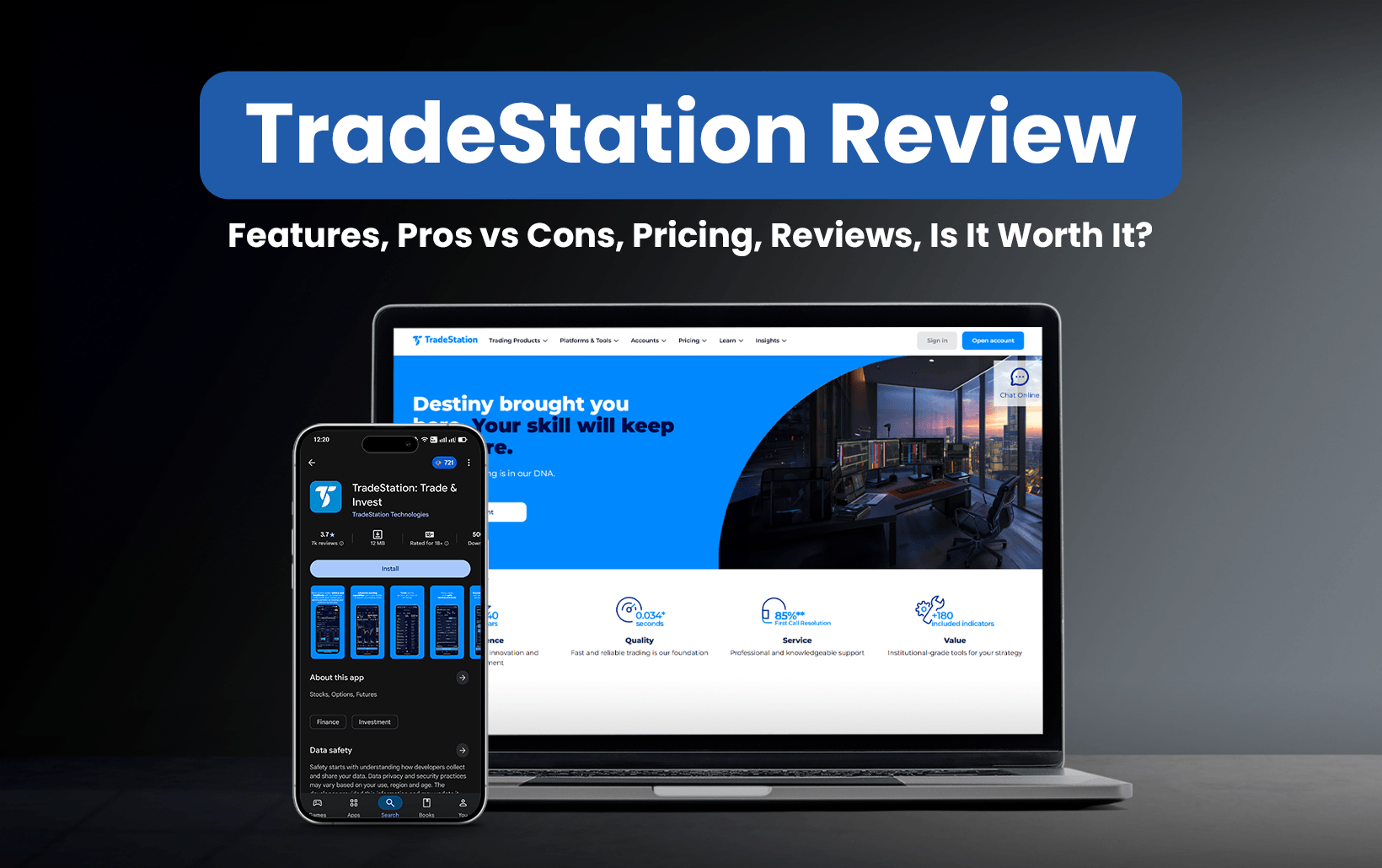
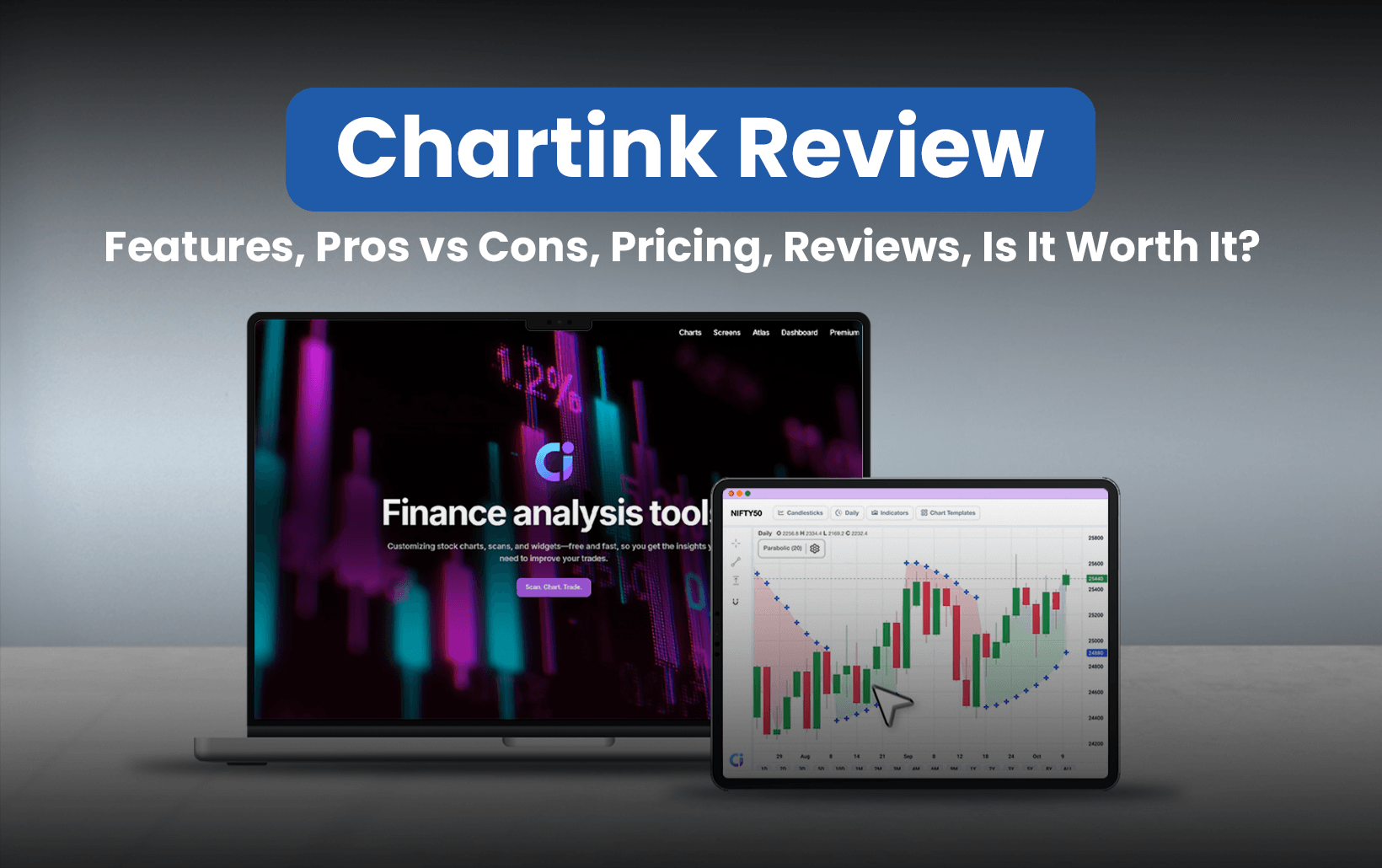
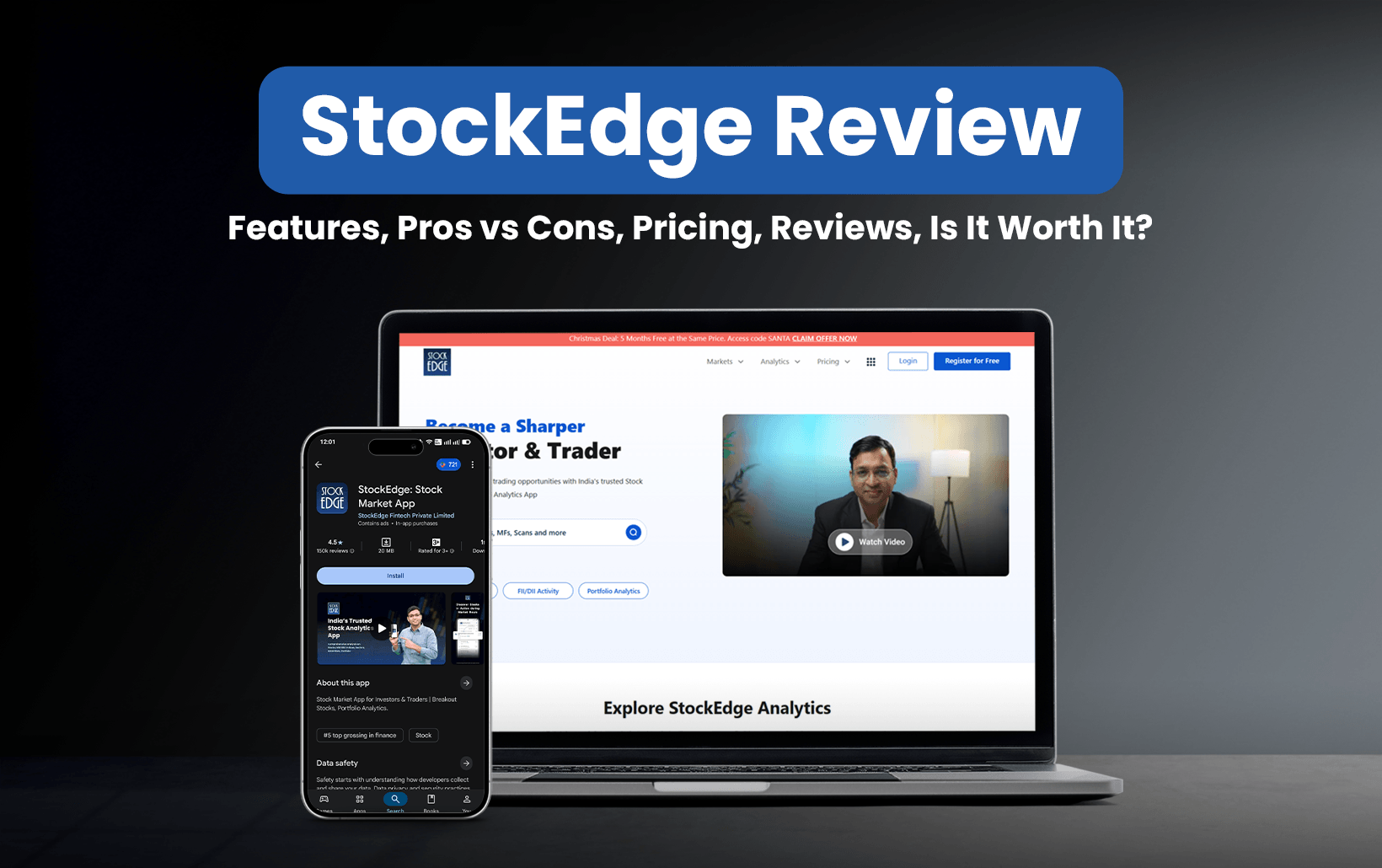
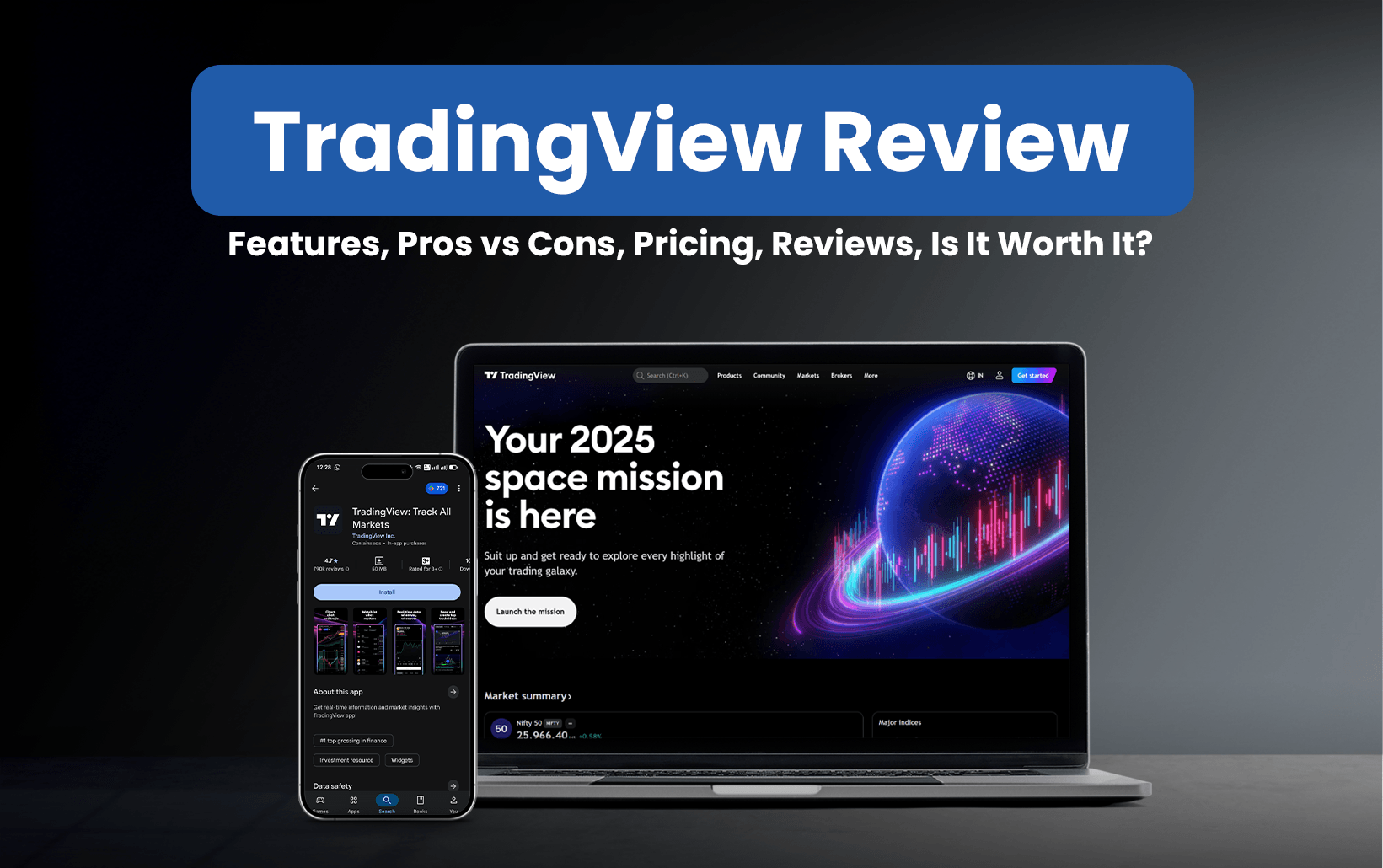
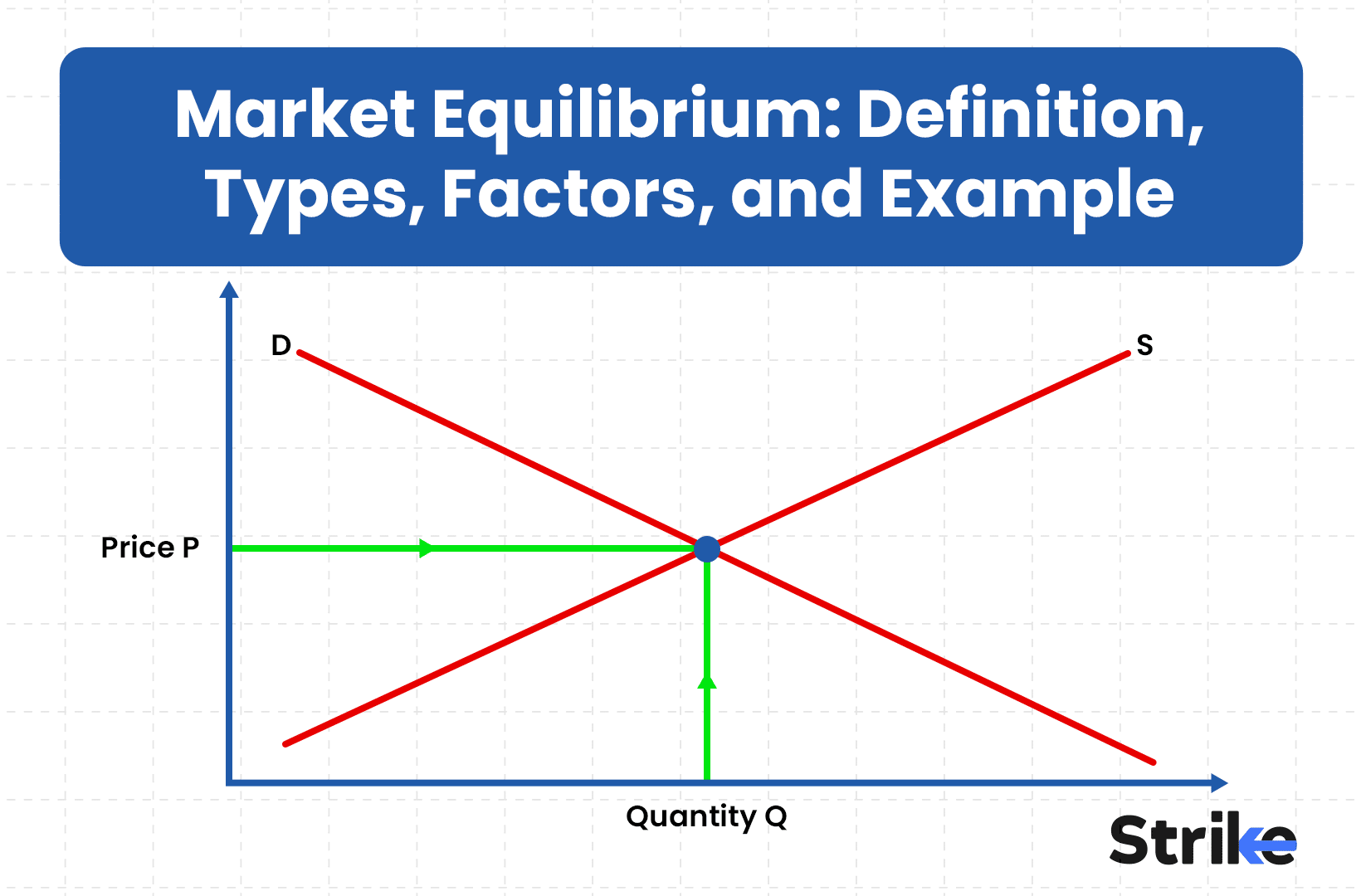






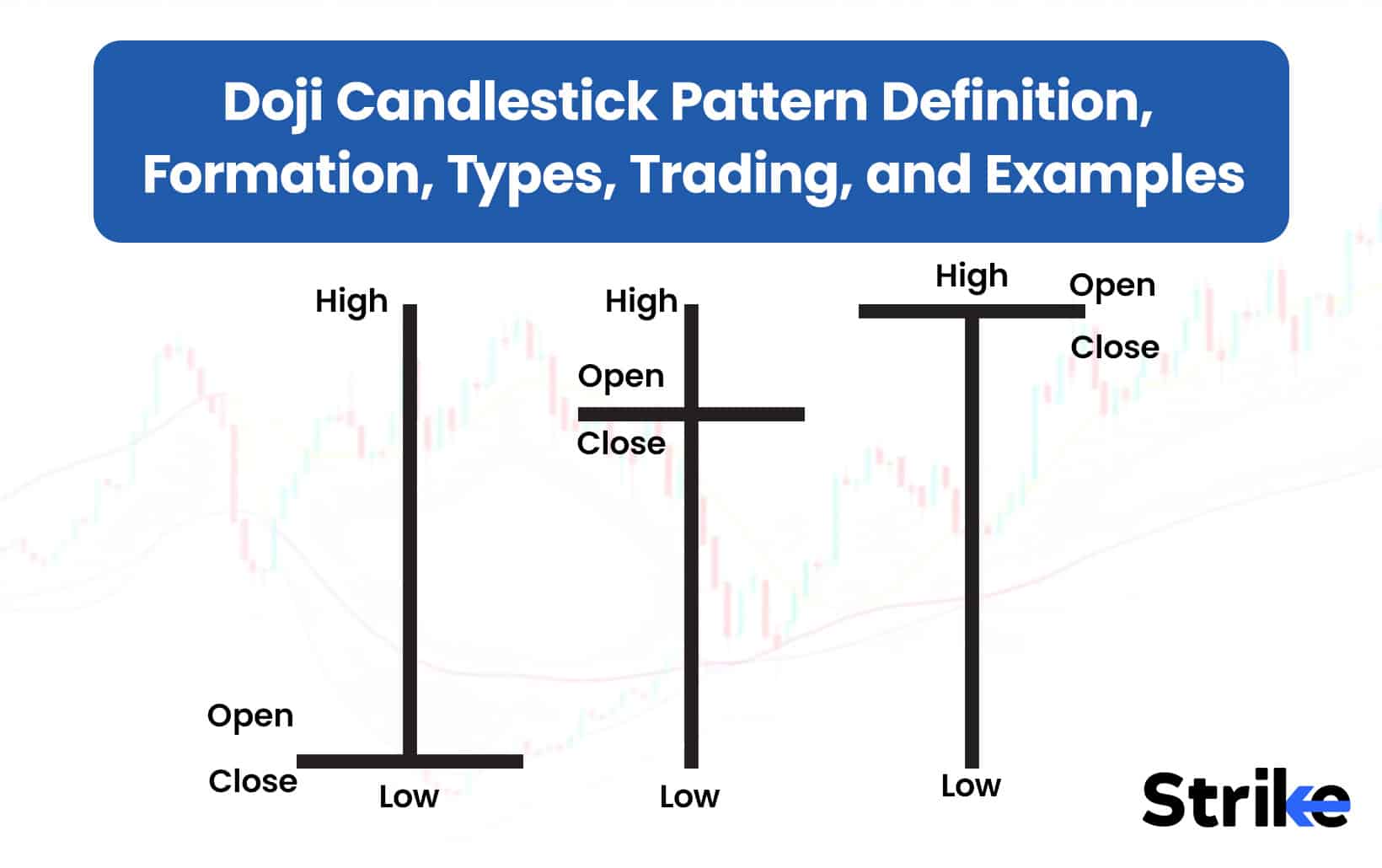
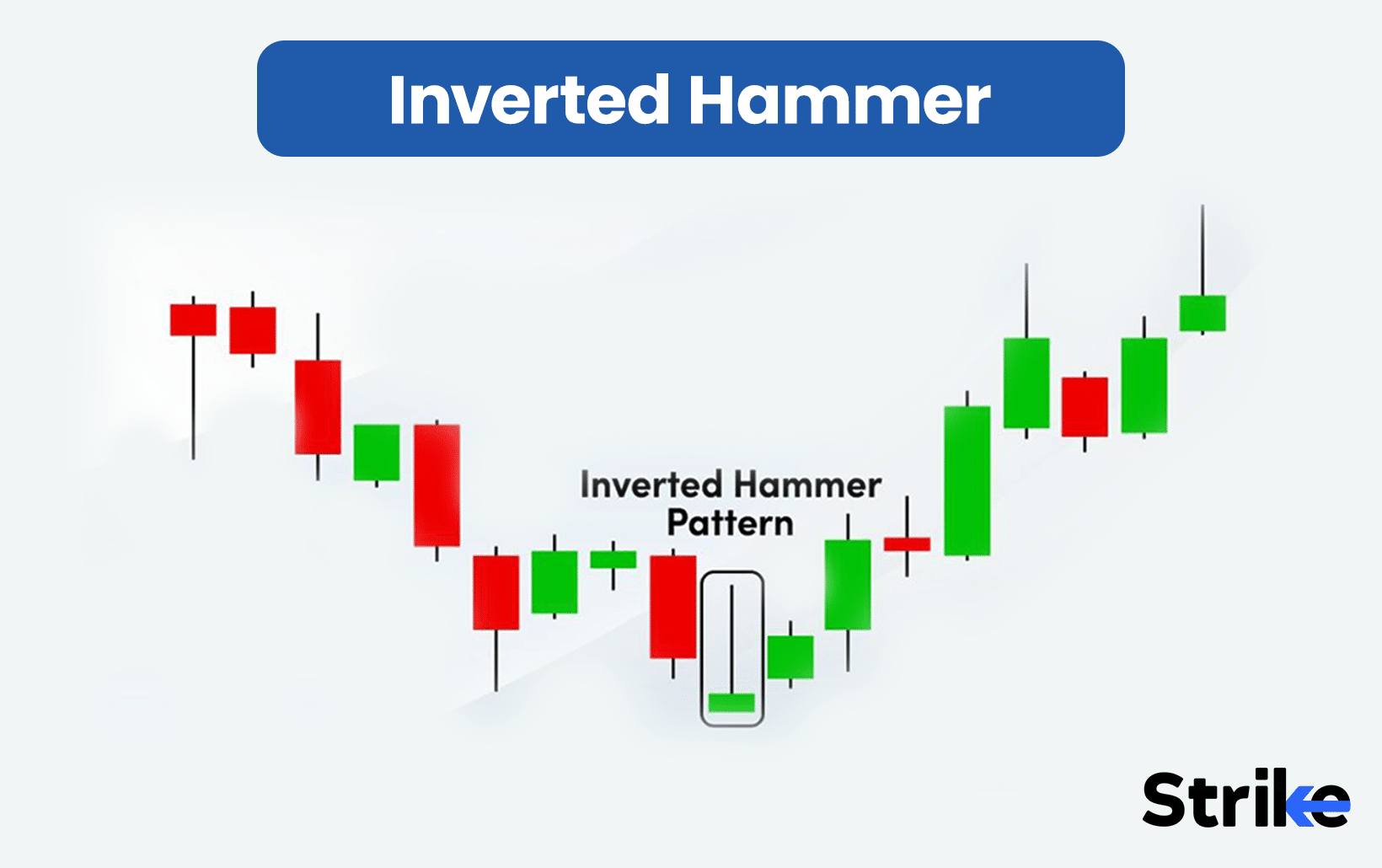



No Comments Yet.